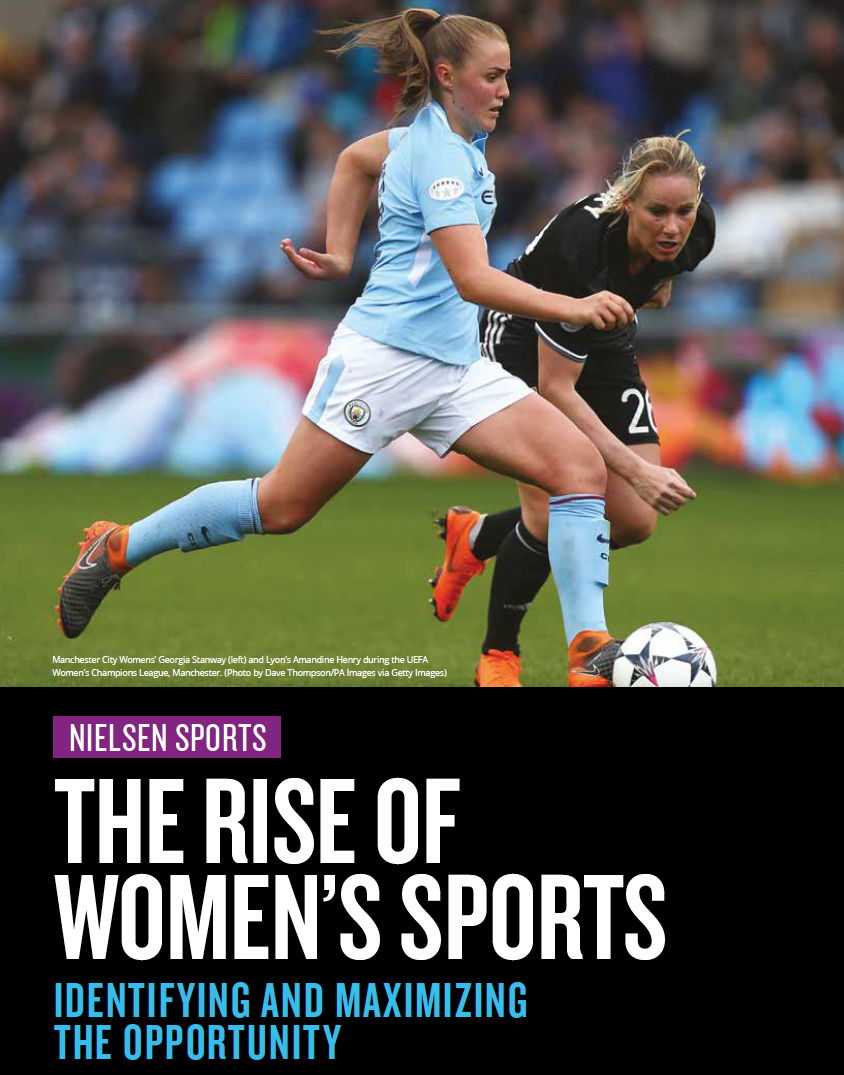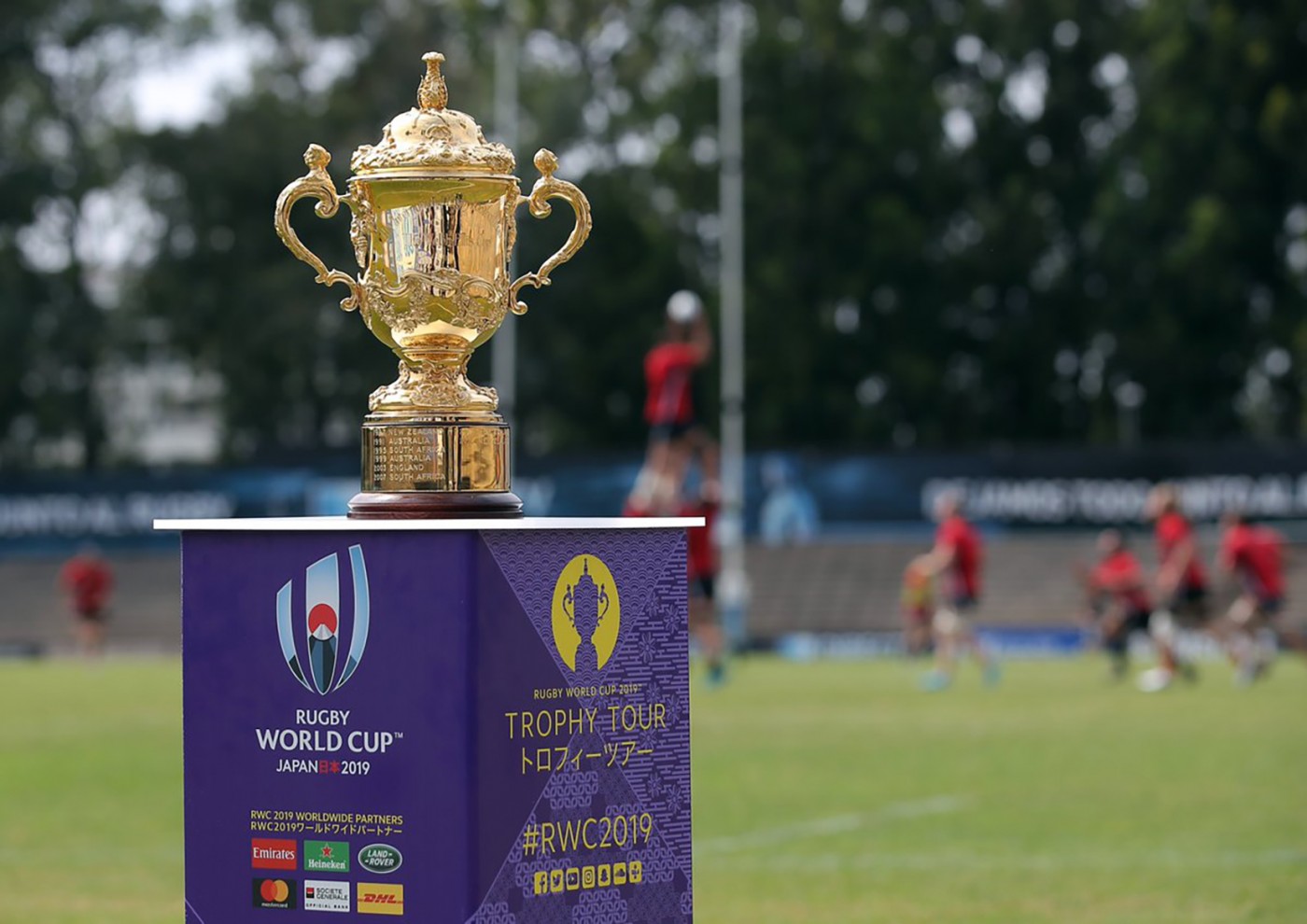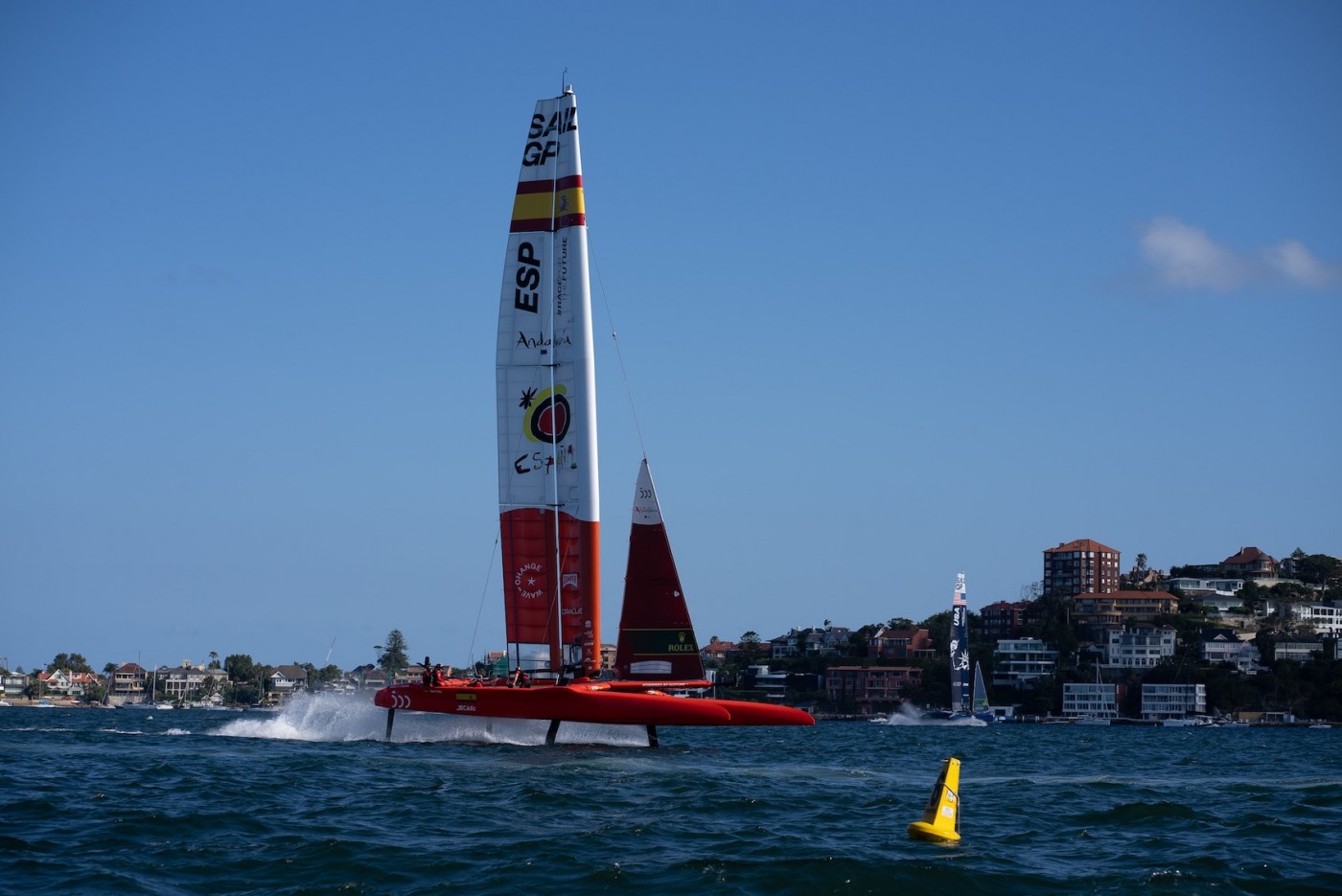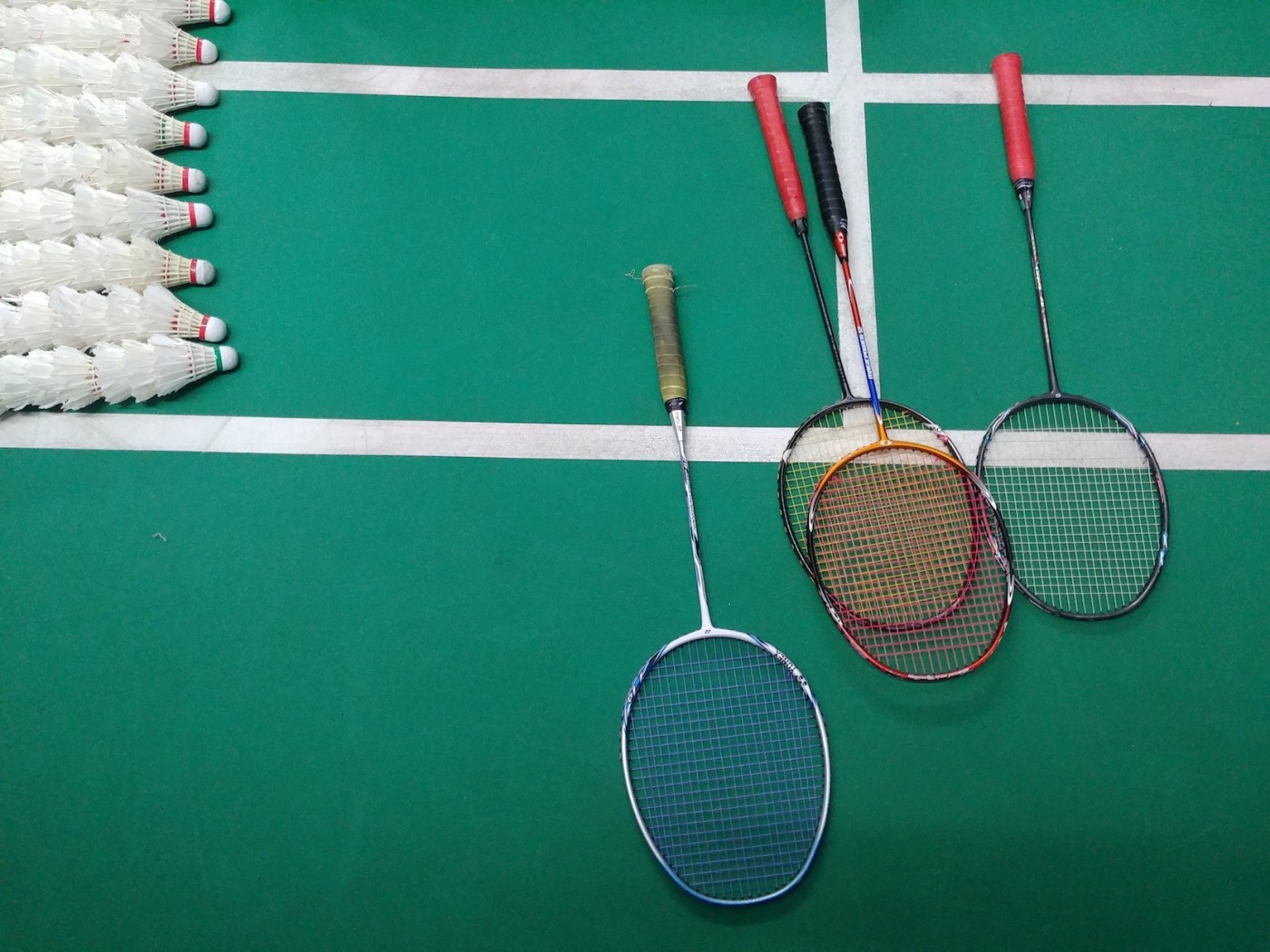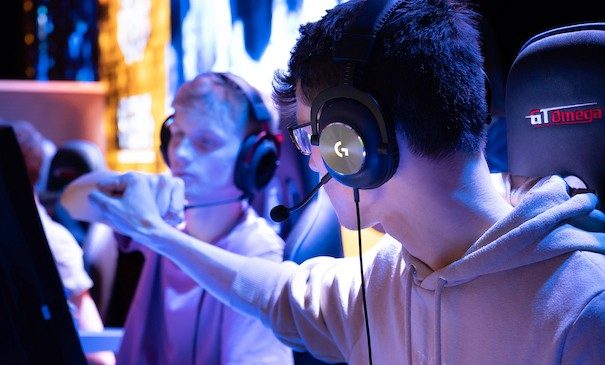The rate of change in women’s sports is one of the most exciting trends in the sports industry right now. For rights holders, brands and the media, this represents a chance to develop a new commercial proposition and engage fans in a different way. ‘The Rise of Women’s Sports – Identifying and Maximising the Opportunity’ gives an overview of:
- Who is engaging with women’s sports
- Sports fans interest levels in women’s sports
- The potential fan base
- Consuming women’s sports
- The appetite for women’s sports content
- The power of female athletes
- Interest in specific women’s sports events
- Changing perceptions of men’s and women’s sport
- World Surf League: riding the crest of a wave
- The bigger picture
Tennis and golf have led the way in the professionalisation and commercialization of women’s sports, but more recently it has been football achieving significant milestones. There is an increasing number of professional leagues around the world, and the UEFA Women’s Euro 2017 attracted a TV audience of 150 million. In May we saw a new world record attendance for a women’s club football game when 51,211 attended the finale of the 16-team Liga MX Femenil. In England, 1.6 million watched the Women’s FA Cup final clash between Chelsea and Arsenal, with 43,423 spectators in the stadium. Building on this momentum, next year’s FIFA Women’s World Cup is set to engage on a large scale and represents a great platform for brands to stand out.
In other sports, Trek cycling is the latest organisation to commit to running a professional women’s road team, and in Australia, women’s leagues such as the Rebel Women’s Big Bash and the Women’s Australian Rules Football league, known as AFLW, are attracting large audiences, stand-alone sponsorships and broadcast revenue. Individual female athletes becoming stars is nothing new, and we see this especially in the U.S., where the likes of Serena Williams, Simone Biles, Ronda Rousey and Lindsey Vonn are not only household names around the globe, they are pushing boundaries and paving the way for generations to come.
This building commercial momentum is resulting in groundbreaking equal pay agreements. In Norway and New Zealand, women’s national team footballers now earn the same as their male counterparts, while Rugby Australia announced it will pay its men’s and women’s sevens teams equally for the first time. Furthermore, these athletes feel they are privileged to compete in the sport they love as a career and genuinely want to inspire, and make a difference for, the next generation.
Making sense of an exciting and growing marketplace is fundamental for rights holders, brands and other stakeholders currently operating in – or looking to enter – the space.
To download the ‘The Rise of Women’s Sports – Identifying and Maximising the Opportunity’, click here.
If you would benefit from the advice of a sports agency, Strive Sponsorship can help. Contact us for sports sponsorship, commercial, content, operations, investment and communications consultancy services.


